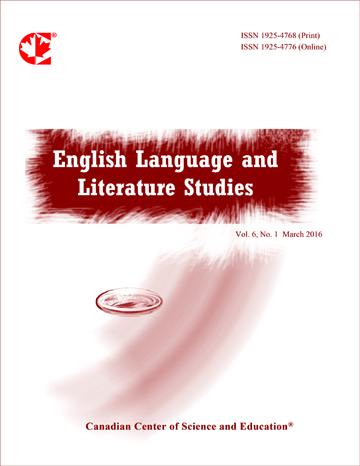Engendered Violence Against Afghan Women in Atiq Rahimi’s A Thousand Rooms of Dream and Fear
- Seyedeh Robabeh Zabihzadeh
Abstract
The universal concern of domestic violence against women in its various manifestations came to the center of scholarly attention due to its harmful effects and consequences on the lives of thousands of women worldwide. This umbrella term that refers to any form of physical, sexual, and psychological abuse against women is the result of gender-based power imbalance and sexist inequalities in societies where patriarchal norms hold sway. However, the enormity and severity of the problem is more profound in third-world countries where governing policies are determined by traditional and religious doctrines. Afghanistan is one such third-world country where woman’s oppression and abuse originate from the reigning religious principles that dominate its culture, society and politics. Nevertheless, there is a recent trend among literary figures of the Afghan Diaspora in highlighting the plight of Afghan women in Afghanistan through the medium of fiction. This paper therefore intends to investigate the manifestations of domestic violence against women in the Afghan context through a reading of Atiq Rahim’s novella, A Thousand Rooms of Dream and Fear (2007). Rahimi’s novella narrates the story of a male protagonist named Farhad and simultaneously highlights the miserable living conditions of the Afghan people, particularly the lives of Afghan women during the turbulent period of the Soviet Invasion as well as the many internal political upheavals that followed soon after. Using feminist literary criticism, the present paper shall discuss the depictions of three prominent forms of domestic violence against women as experienced by the female characters in the novella, namely physical, sexual and psychological violence that have shaped them into oppressed, silenced and traumatized individuals.
- Full Text:
 PDF
PDF
- DOI:10.5539/ells.v10n2p57
